To provide the best experiences, we use technologies like cookies to store and/or access device information. Consenting to these technologies will allow us to process data such as browsing behaviour or unique IDs on this site. Not consenting or withdrawing consent, may adversely affect certain features and functions.
The technical storage or access is strictly necessary for the legitimate purpose of enabling the use of a specific service explicitly requested by the subscriber or user, or for the sole purpose of carrying out the transmission of a communication over an electronic communications network.
The technical storage or access is necessary for the legitimate purpose of storing preferences that are not requested by the subscriber or user.
The technical storage or access that is used exclusively for statistical purposes.
The technical storage or access that is used exclusively for anonymous statistical purposes. Without a subpoena, voluntary compliance on the part of your Internet Service Provider, or additional records from a third party, information stored or retrieved for this purpose alone cannot usually be used to identify you.
The technical storage or access is required to create user profiles to send advertising, or to track the user on a website or across several websites for similar marketing purposes.
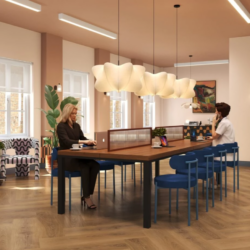 Since the pandemic, 69 percent of UK businesses have adopted a hybrid working model offering employees greater autonomy in their working lives. While this flexibility sounds ideal, it has unexpectedly created a work wellness issue, with employers reporting they have seen a 77 percent surge in mental health issues in 2023, vs 44 percent in 2022. In a recent survey by Statista, 21 percent of workers said that their biggest struggle with working from home was that they had no reason to leave it. More →
Since the pandemic, 69 percent of UK businesses have adopted a hybrid working model offering employees greater autonomy in their working lives. While this flexibility sounds ideal, it has unexpectedly created a work wellness issue, with employers reporting they have seen a 77 percent surge in mental health issues in 2023, vs 44 percent in 2022. In a recent survey by Statista, 21 percent of workers said that their biggest struggle with working from home was that they had no reason to leave it. More →




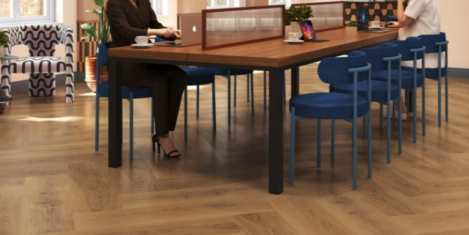
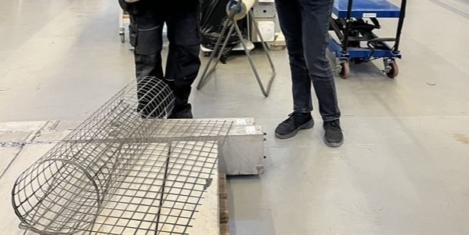
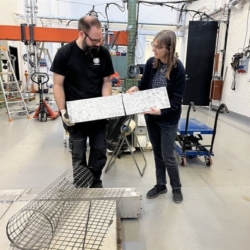
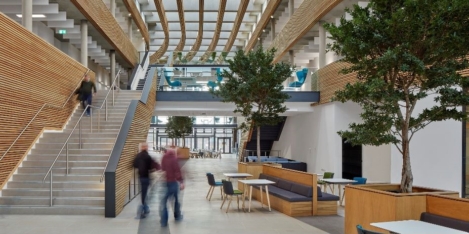
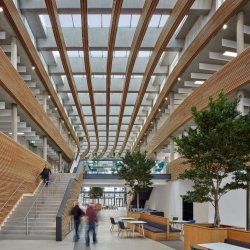




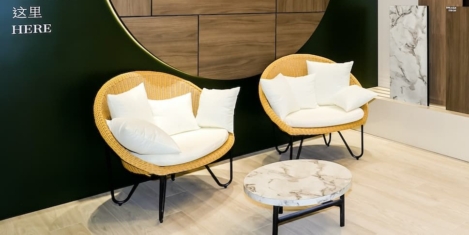
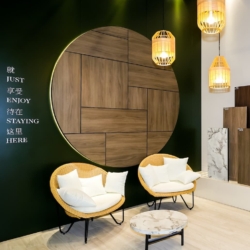

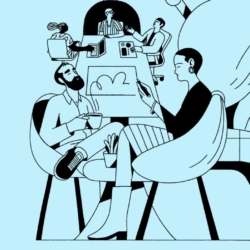


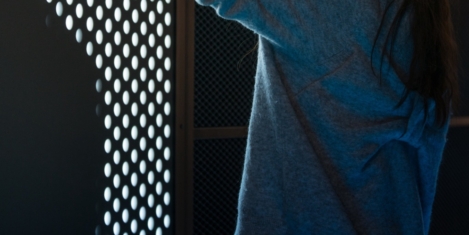
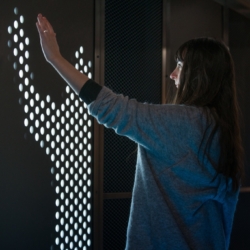
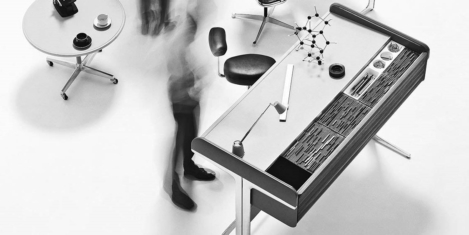









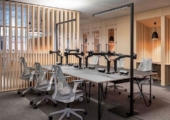


March 25, 2024
When you empower your colleagues, you’re delivering excellence for them and your clients
by Jennifer Davidson • Business, Comment, Wellbeing